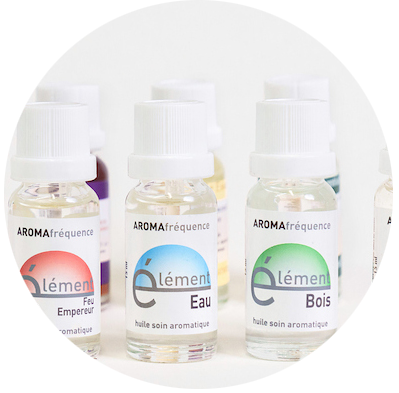Le règlement (UE) 2016/679 sur la protection des données définit une nouvelle approche du contrôle et du traitement des données personnelles. Nous avons révisé et adapté notre politique de confidentialité aux nouvelles exigences et souhaitons fournir plus d’informations et de transparence en ce qui concerne le traitement des données personnelles.
Planeta Verd, avec le numéro de registre des impôts (NRT)L-70838888-L,est responsable du traitement des données personnelles de ses utilisateurs et clients, ainsi que des données qui peuvent être collectées par le biais du site internet.
Planeta Verd informe les utilisateurs de son site internet de sa politique en matière de traitement et de protection des données personnelles des utilisateurs et clients qui peuvent être collectées lors de la navigation ou la souscription de services sur son site.
Finalité du traitement des données.
Vos données personnelles sont collectées dans le but d’être en mesure d’envoyer les commandes que vous passez sur notre site.
Le traitement des données fournies à travers les formulaires du site internet www.planetaverd.ad sera régi par cette même politique de confidentialité.
Les opérations, les gestions et les procédures techniques effectuées de manière automatisée ou non automatisée et qui permettent la collecte, le stockage, la modification, le transfert et d’autres actions sur les données personnelles feront l’objet d’un traitement des données personnelles.
Planeta Verd traite les données personnelles d’une manière licite, loyale, transparente, adéquate, pertinente, limitée, exacte et à jour.
Données collectées pour la prestation d’un service
Les données personnelles que vous nous fournissez pour la prestation d’un service seront les minimales requises pour rédiger le contrat et pour pouvoir vous offrir les services que vous demandez et pour respecter les obligations légales.
Les données seront conservées pendant les périodes établies par la loi.
Données collectées pour la demande d’informations par le biais du formulaire internet.
Les données personnelles recueillies par le biais du formulaire internet de demande d’informations sont destinées à l’envoi d’informations commerciales sur nos produits et nos services.
Dans ce cas, le traitement des données est légitimé par le consentement exprès que vous nous donnez en acceptant l’envoi des informations fournies par le biais du formulaire.
Exercice des droits
Conformément aux droits conférés par le règlement (UE) 2016/679 sur la protection des données, vous pouvez exercer vos droits d’accès, de rectification, de limitation du traitement, de suppression, de portabilité et d’opposition au traitement de vos données en adressant votre demande à l’adresse postale indiquée ou à l’adresse électronique [email protected].
Pour exercer vos droits, vous devez vous identifier en présentant votre carte nationale d’identité.
Destinataires
Planeta Verd informe les utilisateurs que leurs données personnelles ne seront pas transférées à des tiers, sauf si ce transfert de données est protégé par une obligation légale ou lorsque la prestation d’un service implique la nécessité d’une relation contractuelle avec un responsable de traitement. Dans ce dernier cas, les destinataires de vos données peuvent être les entreprises de transport responsables des livraisons.
Planeta Verd a mis en place des critères stricts pour la sélection des responsables du traitement des données et s’engage contractuellement avec chacun d’eux à respecter et à faire respecter les obligations prévues dans le domaine de la protection des données.
Modification des données
Sauf indication contraire de votre part, nous comprenons que vos données n’ont subi aucune modification et que vous acceptez de nous informer de tout changement à leur égard.
Pour toute réclamation, veuillez nous contacter à [email protected]. Vous pouvez également vous adresser à l’Agence espagnole de protection des données www.agdp.es.






